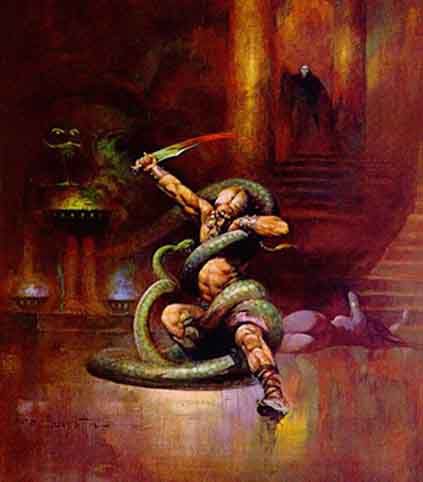What is Theory of Constraints ?
Theory of constraints is a body of knowledge which helps in understanding the way a system functions and identify those elements which constrain the system from achieving its goals.
There are no systems in this world with unconstrained ability to achieve continueous growth. In the context of business systems where finite goals are sought to be achieved by an organisation, TOC helps us understand what constraints the business from achieving its goals. This helps optimise resource deployment to the right areas so that the goals are achieved with minimum inputs.
TOC has been widely applied in production and operations management and in logistics. Where constraints are easily identifiable and definable. They generally are as simple as the "The lathe machine" or the "supplier from Nasik". They have thus become a tremendous success in operations and production management. However TOCs relevance and importance streatches beyond clear and quantifiable parts of management.
In the context of management TOC techniques form a powerful help in determining resource deployment, growth and costing. TOC's infuence on costing has thrown open an entirely new model on which costs are estimated and prices determined. But understanding TOC is fundamental for utilising it.
Every system consists of different elements with different characteristics. Each element would have different capacities and efficiency levels to perform a certain function. The goal is achieved only if all the elements in the systems work in co-ordination producing the optimum result.
Inherent in this definition is the fact that many elements have many different efficiency levels/capacities. However there would be only few elements which act as a constraint towards achievement of the goal. These elements determine the efficiency of the system.
TOC deals with identification of these elements and elevating the constraint so that the system can perform at higher levels of efficiency. However the system develops a new constraint elsewhere which requires realignment of resources and re-evaluation of the system.
Five Focusing Steps (5FS)
These are the original Goldratt "process of ongoing improvement" (POOGI) steps for identifying, exploiting and managing the system's constraints, whether the system is manufacturing, distribution, sales, or project management.
1) Identify the system's constraint(s).
2) Decide how to exploit the constraint(s).
3) Subordinate everything else to the above decision.
4) Elevate the constraint.
5) If, in any of the above steps, the constraint has been broken, go back to Step 1.
The 0th step is to agree on the goal of the system and choose global measures of progress towards it.
The process appears simple, yet to clear off the cobwebs of entrenched existing thinking and adopting to TOC takes much more than just pure concepts but hard nosed application of these concepts and right measures to evaluate their effectiveness.
these measures and the goal that should be achieved form the fulcrum of TOC implementation. The goal of any organisation is to make money and it makes money by selling products and services to customers. The three key measures for estimating weather the goals are achieved are as given below.
1) Throughput - The rate at which the system generates money through sales. This is considered to be the same as Contribution Margin (selling price -- cost of raw materials). Labor costs are considered to be part of Operating Expense rather than throughput.
2) Inventory - All the money the system invests in things it intends to (or could) sell. This is the total system investment, which includes not only conventional inventory, but also buildings, land, vehicles, plant, and equipment. It does not include the value of labor added to Work-In-Process inventory.
3) Operating expenses - All the money the system spends in turning Inventory into Throughput. This includes all of the money constantly poured into a system to keep it operating, such as heat, light, scrap materials, depreciation, etc.
These measures are translated into financial figures by the help of the following financial measures.
Net Profit = Throughput - Operating Expense
Return on Investment (ROI) = (Throughput - Operating Expense) / Inventory
Productivity = Throughput / Operating Expense
Turnover = Throughput / Inventory
Eliyahu Goldratt considered the father of TOC management thinking was born in 1948. An Israel-born physicist turned business consultant, he is the originator of the theory of constraints (abbreviation: TOC).
He is the author of several business novels. The Goal introduces TOC's accounting and process improvement aspects; it is considered by some to be an important work on the topic of focused performance improvement.
It was followed by: It's Not Luck, which applies TOC to the problem of adapting an organization to changes in its market, Critical Chain, on the use of TOC in project management, and Necessary But Not Sufficient, which makes Toc's utility in problems outside manufacturing and other operations fields clear. Some of his other books are The hay stack syndrome,focussing on data management.
Goldratt's concepts have inspired a whole host of TOC evangelists, software companies and managment consultants who have in turn impacted the way business is conducted.

